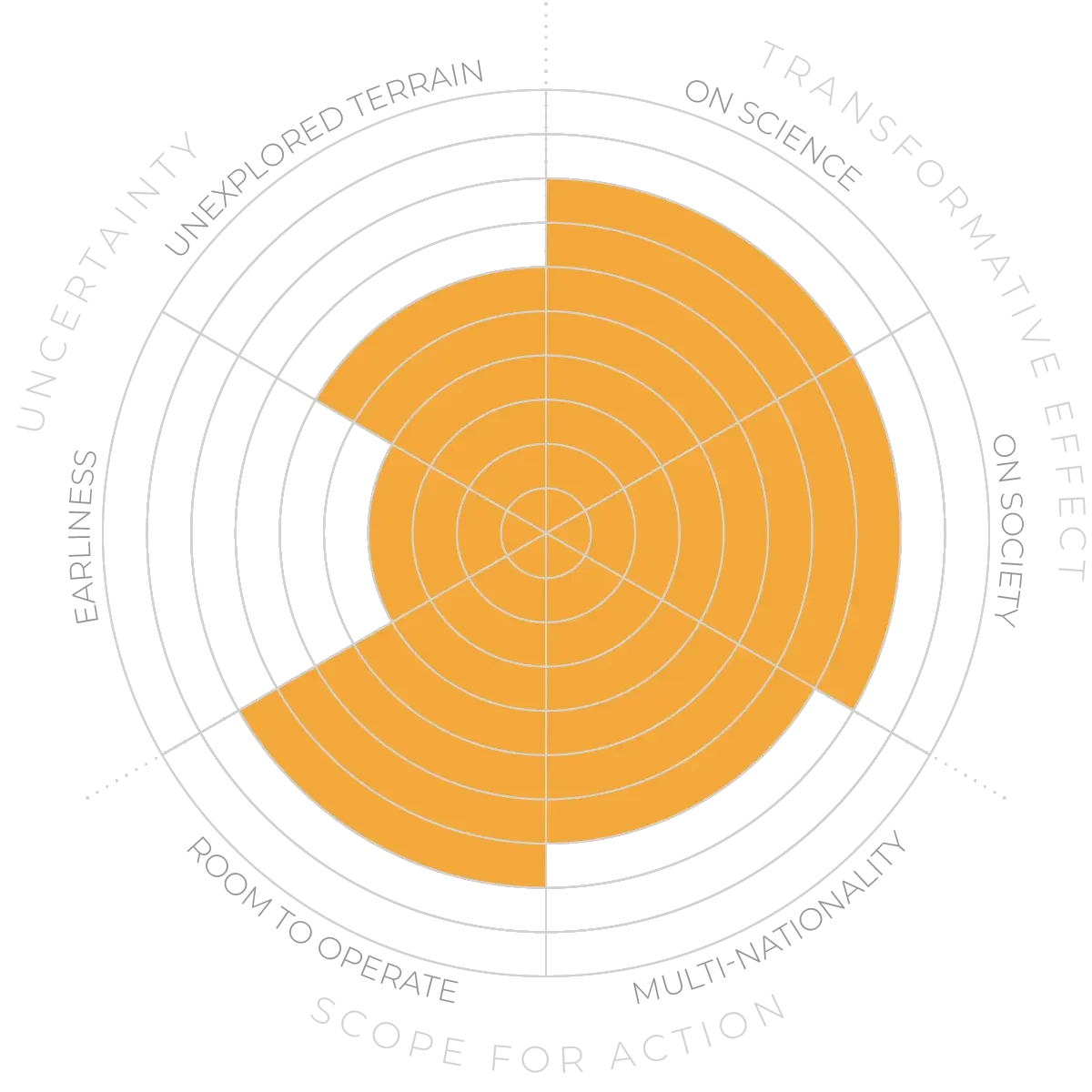This is not simple. It is easy to identify places whose social order is fragile or which are geopolitically exposed, but much more difficult to determine if and when this will tip into conflict, especially in countries with a long previous history of peace. Attempts are now being made to do this using machine learning, which recognises patterns in data to predict likely outcomes. However, this requires massive amounts of data. One such effort, for example, uses systems trained on millions of news articles dating back to the 1980s.4
Purely data-driven approaches, however, may or may not map onto prevailing theories of conflict escalation or outbreak. Nor do purely data-driven predictions offer any guidance as to the potential form of any intervention. Finally, there is also the inherent problem that any publicly disclosed prediction can itself influence the course of events by affecting public sentiment or government decision-making, or by making transparent the thresholds at which intervention becomes likely. Additionally, the use of large datasets in conflict areas raises potentially thorny questions related to surveillance and the potential misuse of data by combatants.



